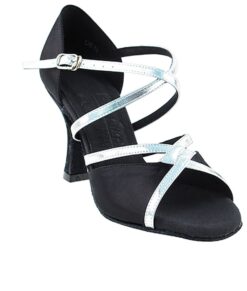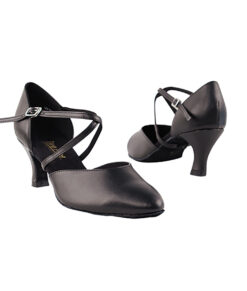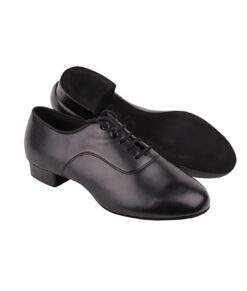Dance Insights
Zouk Dance: The Unveiling of a Hidden Gem
Introduction
Welcome to a new series on our blog where we dive into the fascinating world of lesser-known dances. We aim to celebrate the rich tapestry of global dance culture, offering insights into the diverse dance forms that may not be as commonly recognized but are just as captivating. Today, we embark on a detailed exploration of Zouk dance, a vibrant and rhythmic dance style that originated in the French Caribbean. So, put on your dance shoes and join us on this exciting journey as we unravel the beauty, history, and unique attributes of Zouk dance.
The Origins of Zouk Dance
Zouk dance traces its roots back to the 1980s in the French Caribbean islands, notably Guadeloupe and Martinique. The word ‘Zouk’ means ‘party’ or ‘festival’ in the local Creole language, indicative of its lively nature. The dance evolved from a music genre called Cadence-lypso, which later fused with elements of Compas, a Haitian music style, giving birth to Zouk music and dance.
The Evolution of Zouk Dance
Originally, Zouk was a fast-paced, partner dance characterized by close body connection, rhythmic steps, and smooth, flowing movements. However, as Zouk music traveled and took roots in Brazil in the late 1990s, it encountered Brazilian Lambada, a dance style renowned for its open moves, sensual body contact, and complex turns. The fusion of Zouk and Lambada led to a new dance style known as Brazilian Zouk, which incorporates a slower tempo, allowing for more intricate and expressive movements. Today, both the Caribbean and Brazilian styles of Zouk coexist, each offering dancers a distinct experience.
The Characteristics of Zouk Dance
Zouk dance is celebrated for its fluidity and musicality. It encourages dancers to express the music’s rhythm and melody through their movements, fostering a deep connection between the dancers and the music. Zouk encompasses a range of dance elements, including circular motions, body waves, tilts, and intricate turns, making it both versatile and captivating.
One defining characteristic of Zouk dance is the ‘elasticity’ of its movements. Dancers often extend their bodies away from each other before rebounding back, creating a dynamic visual effect. This feature, combined with the dance’s emphasis on connection and musical interpretation, gives Zouk its unique appeal.
Learning Zouk Dance
Despite its complexity, Zouk is a dance style that can be learned and enjoyed by individuals of all skill levels. Beginners often start with basic steps and simple turns, gradually progressing to more complex movements as they gain confidence and proficiency. One of the first things taught in Zouk is the importance of maintaining a strong yet flexible connection with your partner. This connection allows dancers to communicate their intentions and respond to their partner’s movements fluidly and intuitively.
As dancers become more comfortable with the basics, they can start exploring more advanced techniques such as body isolations, head movements, and dips. Regular practice, either in a dance studio or at social dance events, can help dancers refine their technique, improve their musicality, and develop their unique style.
Zouk Dance Culture
Zouk dance has given rise to a vibrant and welcoming global community. Zouk events, known as ‘Zouk Congresses,’ are held worldwide, featuring workshops, performances, and social dances. These events provide an excellent opportunity for Zouk enthusiasts to learn from experienced instructors, meet fellow dancers, and immerse themselves in the Zouk culture.
In recent years, the popularity of Zouk dance has been on the rise, with more dance schools offering Zouk classes and more dancers discovering the joy of Zouk. The dance’s emphasis on connection and musical interpretation, coupled with its unique fusion of Caribbean and Brazilian elements, makes Zouk a compelling and rewarding dance style to explore.
Conclusion
Zouk dance is more than just a series of steps and turns – it’s a celebration of music, connection, and cultural fusion. Whether you’re new to dance or an experienced dancer looking to try something different, Zouk offers an enriching and exciting dance experience.
Through this new series on our blog, we hope to shed light on the lesser-known but equally captivating dances like Zouk, celebrating their unique histories, cultures, and styles. Stay tuned as we continue to unravel the beauty of dance in its diverse forms, and in the process, deepen our understanding and appreciation of this universal human art form.
In our next post, we will delve into another exciting dance style. Until then, may the rhythm move your feet, and may the joy of dance fill your heart.


















